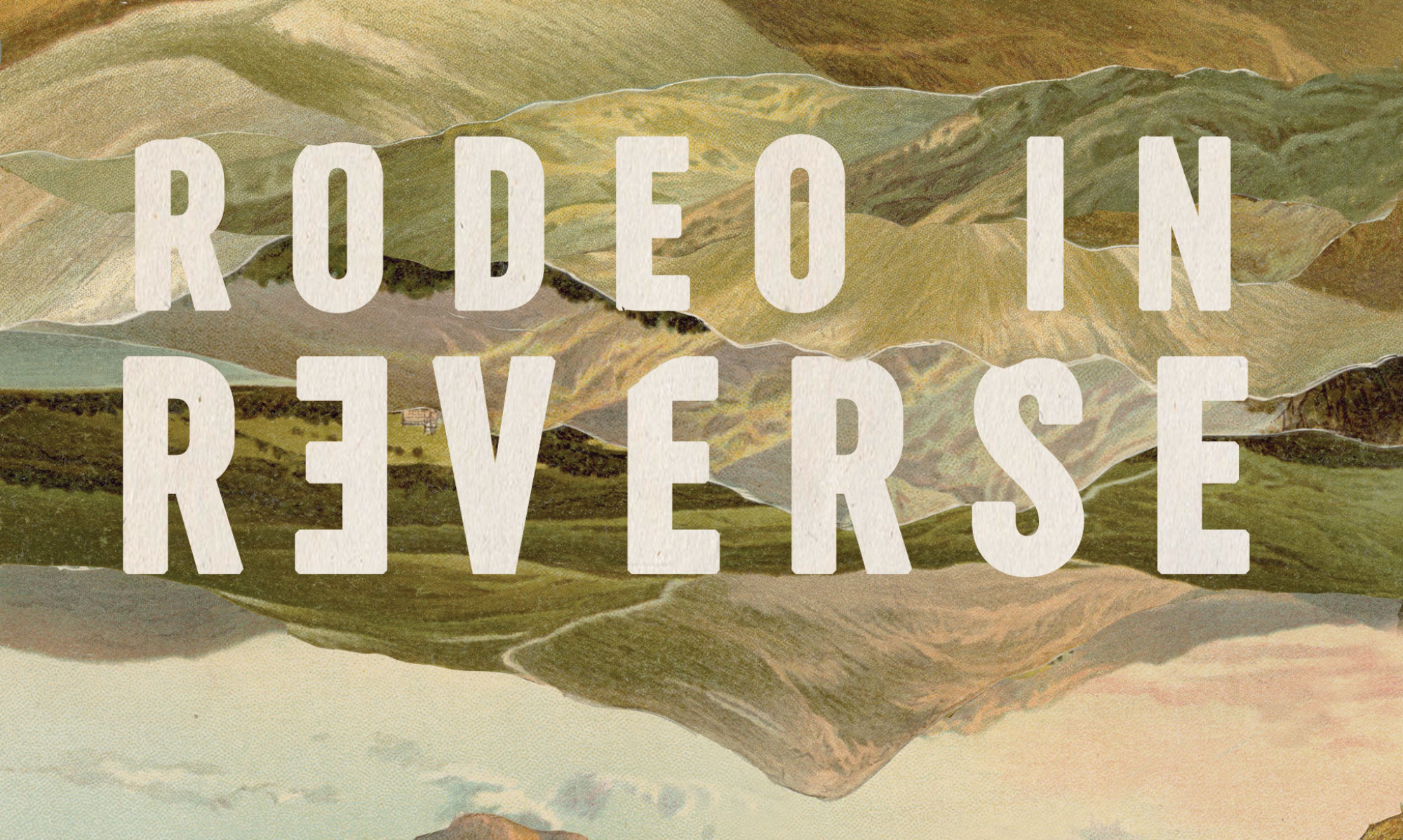“Oh, La Vie! I love it more every day.”
—Julia Child

If, like me, you sometimes (panic) Google “what age was [insert idol here] when they [insert formative experience or creation of work of genius here],” maybe you too have felt under the gun. That gun being one that exploded for a race right above you minutes ago, and people are making the third turn for that first lap, and you’re still trying to get your feet set right on the blocks. (And aren’t these blocks a little awkward? Are my feet too big or narrow or inflexible for these blocks? Whose idea was it to have runners use blocks anyway? Aren’t we beyond this, technologically?)
Shouldn’t I be in the town I’m meant to be in and settle down in and love and invest in by now? Shouldn’t my career make more sense to me by now? If I haven’t created a work of genius by now, does that mean my art ain’t worth shit? Shouldn’t my kid exist by now? Shouldn’t my marriage go more swimmingly? Shouldn’t I be married? If this person began playing an instrument when they were seven, why should I pick it up at 31? Ah, the “by nows.” I know them well. I can recite them by heart and improvise on their melody to add some spice to each of its dishes.
Hadn’t Wendell Berry always known he wanted to live in Kentucky? (No.) Hadn’t Johnny Cash known he’d wanted to be a musical icon since the death of his brother, Jack? (Not really. He didn’t even learn to play guitar until he was an adult.) Hadn’t Patti Smith been cultivating her eccentricity and black coffee and toast diet since birth? (I mean, maybe.)
Hadn’t everyone I look up to as an artist, just, well, kinda known? Or hit on something when they were younger? Or had more confidence in themselves or faith it would pan out?
So imagine, in the midst of an interstate move, pregnant, having to rehash my career plans to meet my spouse’s, landing on a cheery biography that makes the “by nows” seem bygone. Even the idols have them. No thoughtful person or interesting path comes without worries and regrets.
In that beautiful way libraries work, where something you’d never thought of reading is right against some sort of reading assignment you’ve given yourself, I found a biography I needed to read.
Might I introduce you to the slim Julia Child by Laura Shapiro?
Howdy do!
This is the first of a series I’ll call “The Artistry of Julia Child,” in which I share some of my favorite wisdom from Julia Child (care of Laura Shapiro), and how it might apply to creative life.
“‘I got an awfully late start,’ Julia reflected once. She wasn’t talking about marrying at 34, or beginning her life’s work at 37, or launching a television career at 50. The start she had in mind was the moment when her childhood finally ended and she could feel herself coming into focus as the person she wanted to be.” (Shapiro)
I felt so relieved reading this.
A friend and I recently discussed this unending thread on Twitter of middle-aged people sharing their hope and despair, the feeling that, in one’s thirties and forties, life seems like it’s really winnowing (for better or worse) for the first time*, and the decisions we make (or avoid making) really start to shape things. Reading them was case study after case study in resilience, people’s willingness and need to start over: people leaving or entering marriages, relationships, singledom; having or trying to have or not sure about having or not being able to have children; people starting over on careers, looking up from careers that they find are not what they seemed and not seeing anyone, people finding their right livelihoods; and so on.
Weeks later, I thought of Julia Child.
Or, as Child puts it:
“Cooking is one failure after another, and that’s how you finally learn. You’ve got to have what the French call ‘je m’enfoutisme, or ‘I don’t care what happens—the sky can fall and omelets can go all over the stove, I’m going to learn.’”
So with life.
This zeal for learning was essential to Child’s life, and I’d argue, to just about any creative person’s life (though many dress it up or down with some curmudgeonliness). It’s this spirit of learning that connects all of us, no matter our media, and so I thought it might be nice to share some of the nuances about how Child set about learning. Age didn’t factor in, which isn’t to say Child didn’t have her doubts.
“I am deeply depressed, gnawed by doubts, and feel that all our work may just lay a big rotten egg,” Child wrote after some of the recipes that would become part of her seminal work Mastering the Art of French Cooking were rejected by multiple American magazines. The book itself was sent back for an overhaul (basically a rejection); after tons of work, Child turned in an 800-page manuscript that only covered meats and sauces, with more volumes to follow.
Hell’s bells. I guess Child didn’t know by a certain age either.
Everyone has doubts (even deep doubts) about her creative work, even (especially?) years in and post-rejection. Continue to work anyway.
In Child’s case, the rejections led her to reconsider her audience—she had promised a book for housewives, who, at the time, were trying to limit cook times with frozen meals. But, really, harried housewives (in the marketing sense of that identity) weren’t her audience. How would she convince someone with barely enough time to thaw a freezer casserole to master a different country’s cuisine? Her audience, she decided, somewhat boldly—as this wasn’t a proven market, was cooks who liked to cook, regardless of occupation or gender.
Yet even the hobby cook, the enthusiast, likely would not want a Bible-length tome on two kinds of food with the promise of more Bible-length tomes to follow. (Even God must’ve had an editor.)
Thus began her revision, and in her revising, she became clearer on what was essential and what superfluous.
The book, of course, would go on to be one of the most transformational cookbooks (and really, philosophies of cooking) of the 20th century. But I like to imagine that even if her book had gone belly up, she’d still be the kind of person who enjoys life, because that, in my mind, is real success. And that kind of success is available to most of us.
I just tacked a note above my desk: Je m’enfoutisme! I don’t care what happens. I’m going to learn.
Who’s your favorite latebloomer? What’s their story? Share in the comments below. I’d love to learn from them.
Next month, I’ll share some wisdom from Child, poet William Stafford, and writer Anne Lamott.
If you enjoyed this post, sign up for my monthly letter, and get essays on the creative process, plus some sweet jams, poems I like, and other tasty tidbits. Order my poetry collection, Rodeo in Reverse, here.
*Yes, this reminds me of that bit in The Bell Jar where a young 20-something laments about all the fruits on her fig tree and not knowing which to pick. So it’s a feeling that probably has less to do with age, except, for women, the pressure of whether to have children, than with personality and culture and circumstance, etc. Feelings feel real and acute whether they represent reality or its opposite. A story of family lore: Me, coming home dejected from kindergarten? second grade? sobbing. “Do you think I’ll ever get married?”



You are so inspirational with your writing! I love reading your newsletter so much.
Ah, Kaylee. Thank you so much! <3 That means a lot to me. Miss you.
Thank you for sharing this piece. Very inspiring and at the time comforting!
William, I’m so glad it inspired and comforted you! Thanks for letting me know.